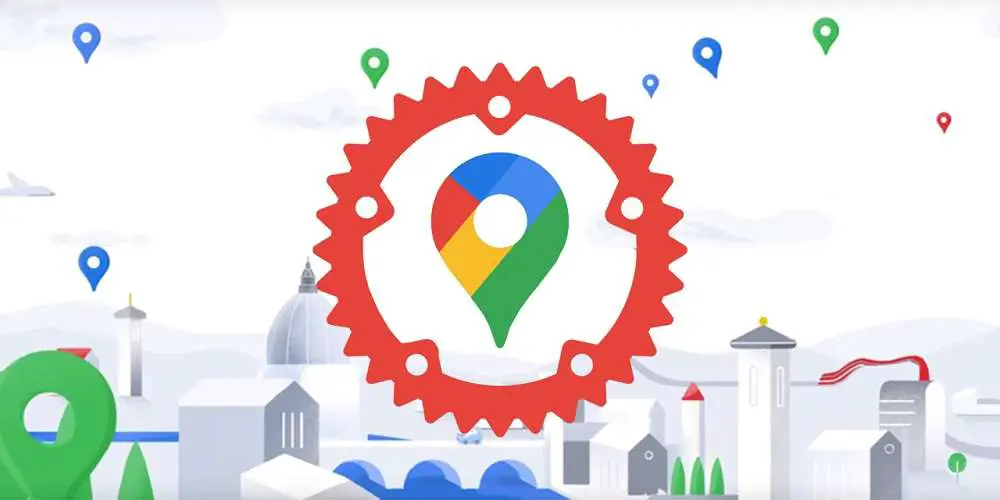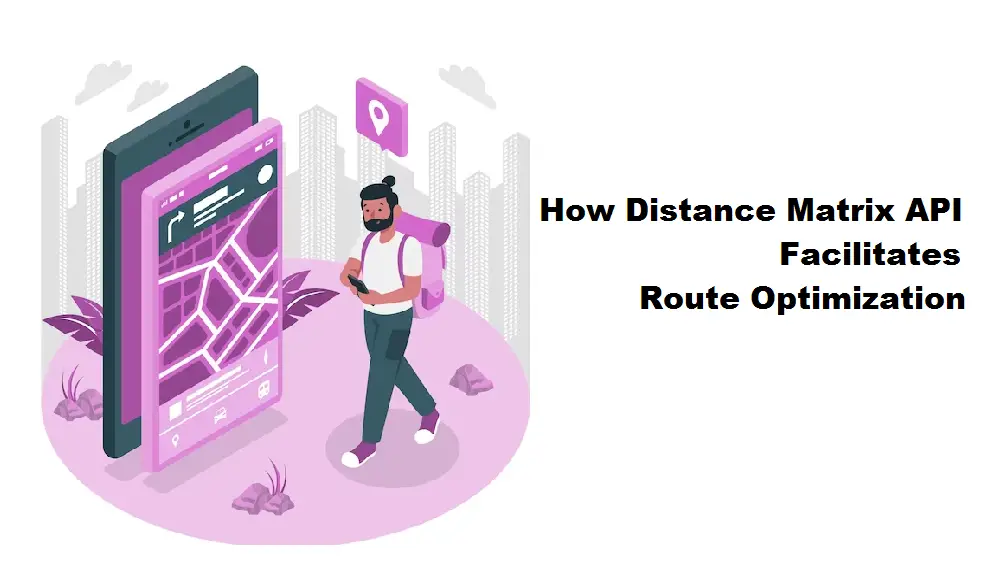Table of Contents
In this digital era, efficient logistics and route planning have become vital for businesses and individuals alike. One of the many tools that have made this possible is the Distance Matrix API. This tool is instrumental in optimizing routes, saving time, reducing fuel consumption, and facilitating dynamic updates for real-time route changes.
This article will explore how the distance api facilitates route optimization, the algorithms behind it, how it incorporates user preferences and constraints, its role in reducing fuel consumption and emissions, and how it enables dynamic updates for real-time route changes.

The Distance Matrix API is a service that provides travel distance and time for a matrix of origins and destinations. It is a tool that calculates the distance and time between multiple points, which is essential for efficient route planning. This tool has been a game-changer in the world of logistics and transportation, facilitating the optimization of routes by providing the shortest and fastest routes.
The distance api works by taking into account the coordinates of the origin and destination points, and then calculating the most efficient route between them. It does this by using complex algorithms and real-time data to calculate the distance and time it will take to travel from one point to another. This information is then used to determine the most efficient route, taking into consideration factors such as traffic conditions, road closures, and other constraints.
Moreover, the distance api is not just limited to providing the shortest route. It also provides alternate routes and estimates the time it will take to travel on each one of them. This is particularly useful when planning for contingencies or when the shortest route is not necessarily the fastest due to traffic conditions or other factors.
Algorithms Behind Route Optimization
The power of the Distance Matrix API lies in the algorithms it uses to calculate the most efficient routes. These algorithms use complex mathematical models and real-time data to determine the shortest and fastest routes between multiple points.
One of the most commonly used algorithms in route optimization is the Dijkstra’s algorithm. This algorithm works by finding the shortest path between two points in a graph, where the points are the locations and the edges are the routes between them. It does this by keeping a set of unvisited locations and continuously selecting the location with the shortest tentative distance from the start until it reaches the destination.
Another algorithm used in route optimization is the A* search algorithm. This algorithm is an extension of Dijkstra’s algorithm and is used for traversing graphs or searching paths in a more efficient manner. It does this by using a heuristic function to estimate the cost of the path from the current location to the destination, which helps in reducing the search space.
These algorithms, along with others like the Bellman-Ford algorithm and the Floyd-Warshall algorithm, form the backbone of the distance api and play a critical role in route optimization.
Incorporating User Preferences and Constraints
Apart from calculating the shortest and fastest routes, the Distance Matrix API also incorporates user preferences and constraints into its route planning. This feature is particularly useful in logistics and transportation, where there are often specific requirements and constraints that need to be taken into account.
For instance, the distance api can incorporate constraints such as time windows, where a delivery or pick-up has to be made within a specific time frame. It can also take into account preferences such as avoiding toll roads or preferring scenic routes.
Moreover, the distance api can also accommodate constraints related to the vehicles being used. For example, it can take into account the size and weight of the vehicle, which can affect which roads it can travel on. It can also factor in the vehicle’s fuel capacity and consumption, which can influence the frequency and location of fuel stops.
Reducing Fuel Consumption and Emissions
One of the significant benefits of route optimization through the Distance Matrix API is the reduction in fuel consumption and emissions. By providing the shortest and fastest routes, the distance api ensures that vehicles spend less time on the road, which in turn leads to less fuel consumption and lower emissions.
Furthermore, by incorporating constraints related to the vehicle’s fuel capacity and consumption, the distance api can also help in planning efficient fuel stops. This can further reduce fuel consumption by avoiding unnecessary detours and ensuring that vehicles are refueled at the most efficient locations.
Moreover, by reducing the time spent on the road, the distance api also contributes to reducing emissions and promoting sustainability. This is particularly important in today’s world, where there is a growing emphasis on reducing carbon footprints and promoting environmentally friendly practices.
Dynamic Updates for Real-Time Route Changes
Another significant feature of the Distance Matrix API is its ability to provide dynamic updates for real-time route changes. This is particularly useful in situations where there are sudden changes in road conditions, such as road closures or heavy traffic.
The distance api uses real-time data to continuously update the routes, ensuring that the most efficient routes are always available. This feature not only saves time but also ensures that deliveries and other logistics operations are carried out smoothly, regardless of changes in road conditions.
In conclusion, the Distance Matrix API is a powerful tool that has revolutionized the world of logistics and transportation. It facilitates route optimization, incorporates user preferences and constraints, reduces fuel consumption and emissions, and provides dynamic updates for real-time route changes. With the continued advancement in technology, the distance API is set to play an even more significant role in shaping the future of logistics and transportation.
You might also read:


